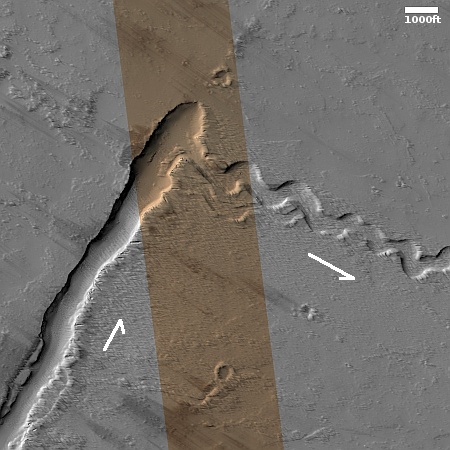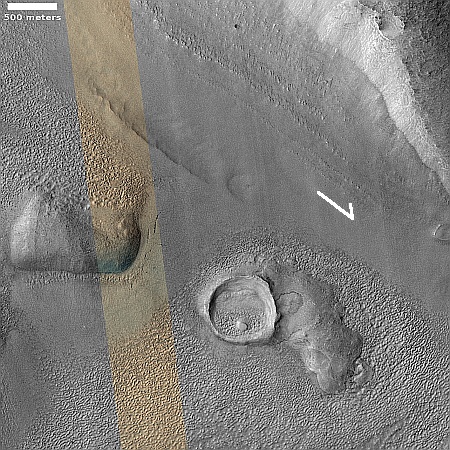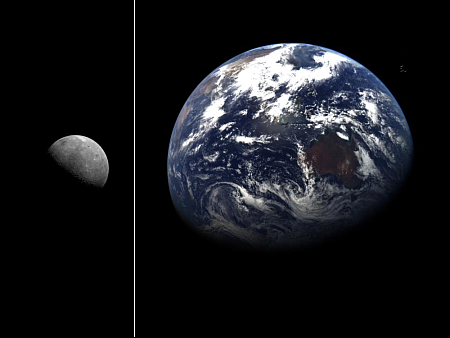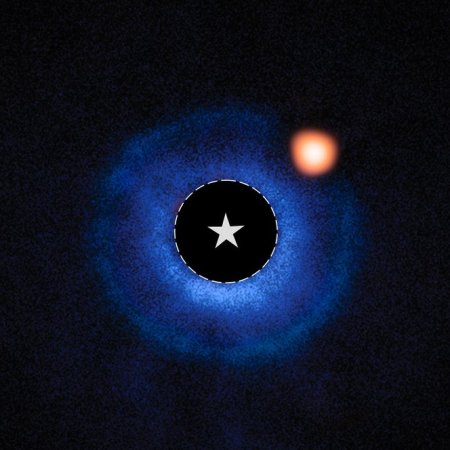Poll: A near majority of Americans are now disgusted with the Ivy league

A better name might be the “Poison Ivy League”
Good news: A new poll taken of 2,000 registered voters in June 2025 has found that the reputation of the Ivy League universities continues to decline, and has now dropped so much that almost half of those polled had no trust at all in these institutions.
A new poll by the Manhattan Institute found that only 15 percent of voters have a great deal of trust in the elite universities, while 46 percent have little to no trust at all.
Most of those polled said they want to see reforms such as the elimination of diversity, equity, and inclusion and race-based admissions and programs. Additionally, 64 percent “support requiring universities to advance truth over ideology by enforcing rigorous academic standards, controlling for academic fraud, requiring preregistration of scientific studies, and basing decisions on merit,” the poll found.
You can read the poll itself here. Though it covers many other major institutions, such as Congress, big business, the Presidency, public colleges and universities, it is this line item shown in the figure below that I think that stands out most starkly.
» Read more

A better name might be the “Poison Ivy League”
Good news: A new poll taken of 2,000 registered voters in June 2025 has found that the reputation of the Ivy League universities continues to decline, and has now dropped so much that almost half of those polled had no trust at all in these institutions.
A new poll by the Manhattan Institute found that only 15 percent of voters have a great deal of trust in the elite universities, while 46 percent have little to no trust at all.
Most of those polled said they want to see reforms such as the elimination of diversity, equity, and inclusion and race-based admissions and programs. Additionally, 64 percent “support requiring universities to advance truth over ideology by enforcing rigorous academic standards, controlling for academic fraud, requiring preregistration of scientific studies, and basing decisions on merit,” the poll found.
You can read the poll itself here. Though it covers many other major institutions, such as Congress, big business, the Presidency, public colleges and universities, it is this line item shown in the figure below that I think that stands out most starkly.
» Read more






















